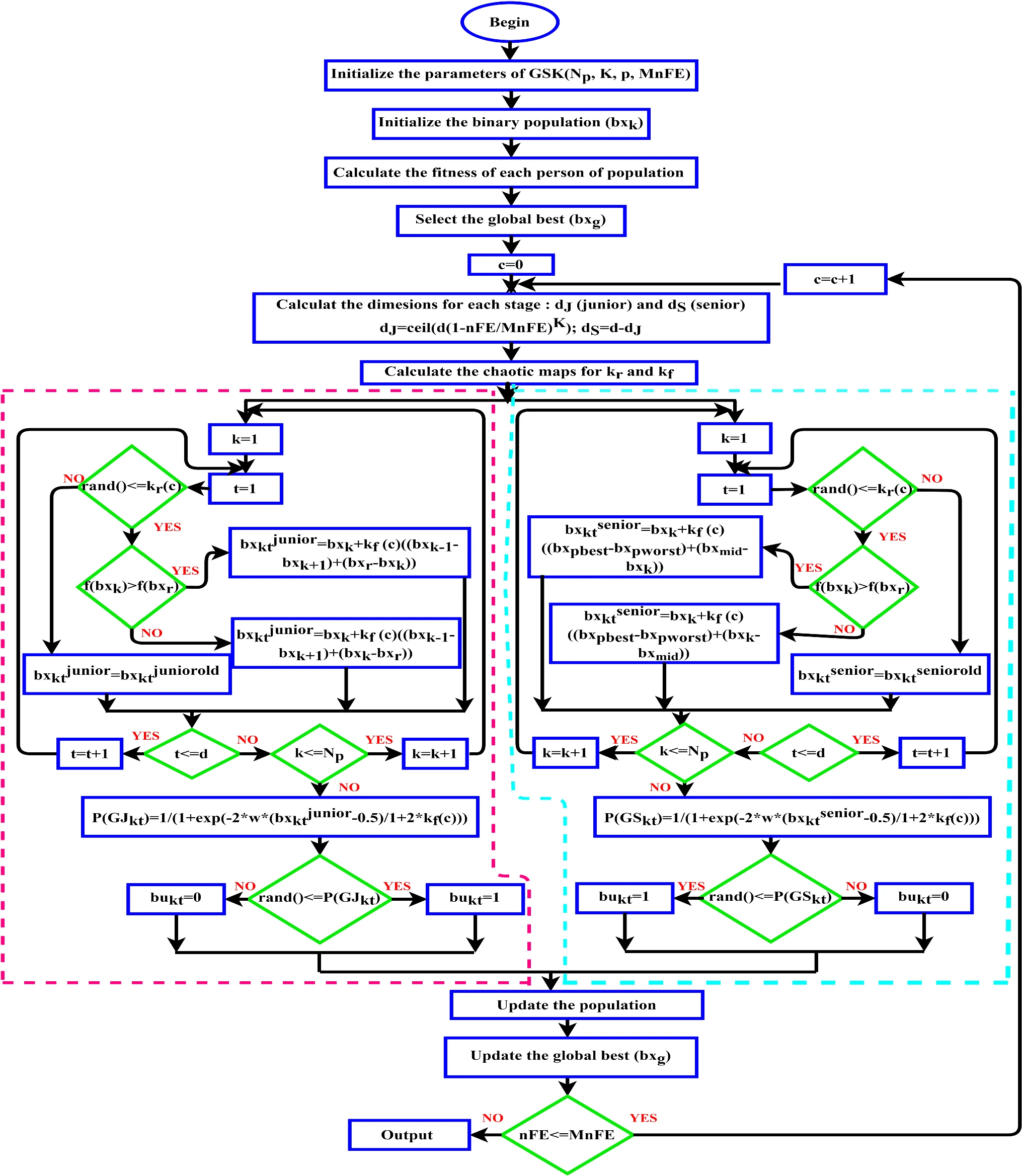Breadcrumb
Transmission power adaptation for cognitive radios
In cognitive radio (CR) networks, determining the optimal transmission power for the secondary users (SU) is crucial to achieving the goal of maximizing the secondary throughput while protecting the primary users (PU) from service disruption and interference. In this paper, we propose an adaptive transmission power scheme for cognitive terminals opportunistically accessing a primary channel. The PU operates over the channel in an unslotted manner switching activity at random times. The secondary transmitter (STx) adapts its transmission power according to its belief regarding the PU's state of
AROMA: Automatic generation of radio maps for localization systems
Current methods for building radio maps for wireless localization systems require a tedious, manual and error-prone calibration of the area of interest. Each time the layout of the environment is changed or different hardware is used, the whole process of location fingerprinting and constructing the radio map has to be repeated. The process gets more complicated in the case of localizing multiple entities in a device-free scenario, since the radio map needs to take all possible combinations of the location of the entities into account. In this demo, we present a novel system (AROMA) that is

Chaotic gaining sharing knowledge-based optimization algorithm: an improved metaheuristic algorithm for feature selection
Towards Mobility-Aware Proactive Caching for Vehicular Ad hoc Networks
Harnessing information about the user mobility pattern and daily demand can enhance the network capability to improve the quality of experience (QoE) at Vehicular Ad- Hoc Networks (VANETs). Proactive caching, as one of the key features offered by 5G networks, has lately received much interest. However, more research is still needed to convey large-sized multimedia content including video, audio and pictures to the high speed moving vehicles. In this paper, we study the gains achieved by proactive caching in Roadside Units (RSUs) where we take into consideration the effect of the vehicle
Towards optimal resource allocation in caching at relay networks
We investigate the performance of caching in relay networks where an intermediate relay station (RS) caches content for future demand by end users. With uncertain user demand over multiple data items and dynamically changing wireless links, we characterize the optimal transmission time for serving data items, cached data portion allocation of relay station and optimal service portion, which represents a part from the cached portion, to minimize the total average transmission energy. We argue that under several settings fully caching the higher popular items is the optimal caching policy which
Towards optimal power control for delay-constrained cognitive radio networks
In this paper we study the problem of optimal power control for a Z-interference channel abstracting an underlay cognitive radio network where the secondary user has delay constraints. More specifically, we minimize the packet drop probability at the secondary user (equivalent to delay bound violation probability) subject to quality of service (QoS) constraints at the primary and secondary users, among other constraints. Towards, this objective, we develop a mathematical framework using Markov chains and formulate a constrained optimization problem. First, we assess the complexity of the
Reduced-complexity SFBC-OFDM for vehicular channels with high mobility
Space frequency block coding with orthogonal frequency division multiplexing (SFBC-OFDM) suffers from the effect of inter-carrier interference (ICI) in doubly-selective communication channels. In this paper, a scheme is proposed in which windowing is applied to the received signal to reduce the effect of ICI to a limited number of neighboring sub-carriers. The sub-carriers holding the SFBC components of each codeword are separated by a number of sub-carriers larger than the ICI range, and hence, they do not interfere with each other. In order to preserve the structure of the SFBC, the
ARQ security in Wi-Fi and RFID networks
In this paper, we present two practical ARQ-Based security schemes for Wi-Fi and RFID networks. Our proposed schemes enhance the confidentiality and authenticity functions of these networks, respectively. Both schemes build on the same idea; by exploiting the statistical independence between the multipath fading experienced by the legitimate nodes and potential adversaries, secret keys are established and then are continuously updated. The continuous key update property of both schemes makes them capable of defending against all of the passive eavesdropping attacks and most of the currently
ARQ secrecy over correlated fading channels
In this paper, we develop novel Automatic Repeat reQuest (ARQ) key sharing protocols for correlated fading channels. In particular, a novel role of "dumb antennas" in overcoming the negative impact of spatial correlation, on the achievable secrecy rates , is unveiled. We further develop an adaptive rate allocation policy which achieves higher secrecy rates by exploiting the channel temporal correlation. The performance gains offered by the proposed schemes are demonstrated by a comprehensive set of numerical results.
ARQ secrecy: From theory to practice
Inspired by our earlier work on Automatic Repeat reQuest (ARQ) secrecy, we propose a simple, yet efficient, security overlay protocol to existing 802.11 networks. Our work targets networks secured by theWired Equivalent Privacy (WEP) protocol because of its widespread use and vulnerability to a multitude of security threats. By exploiting the existing ARQ protocol in the 802.11 standard, our proposed opportunistic secrecy scheme is shown to defend against all known passive WEP attacks. Moreover, our implementation on the madwifi-ng driver is used to establish the achievability of a vanishing
Pagination
- Previous page ‹‹
- Page 6
- Next page ››
